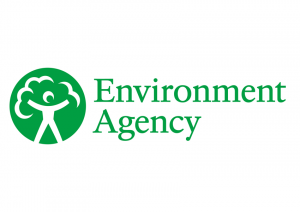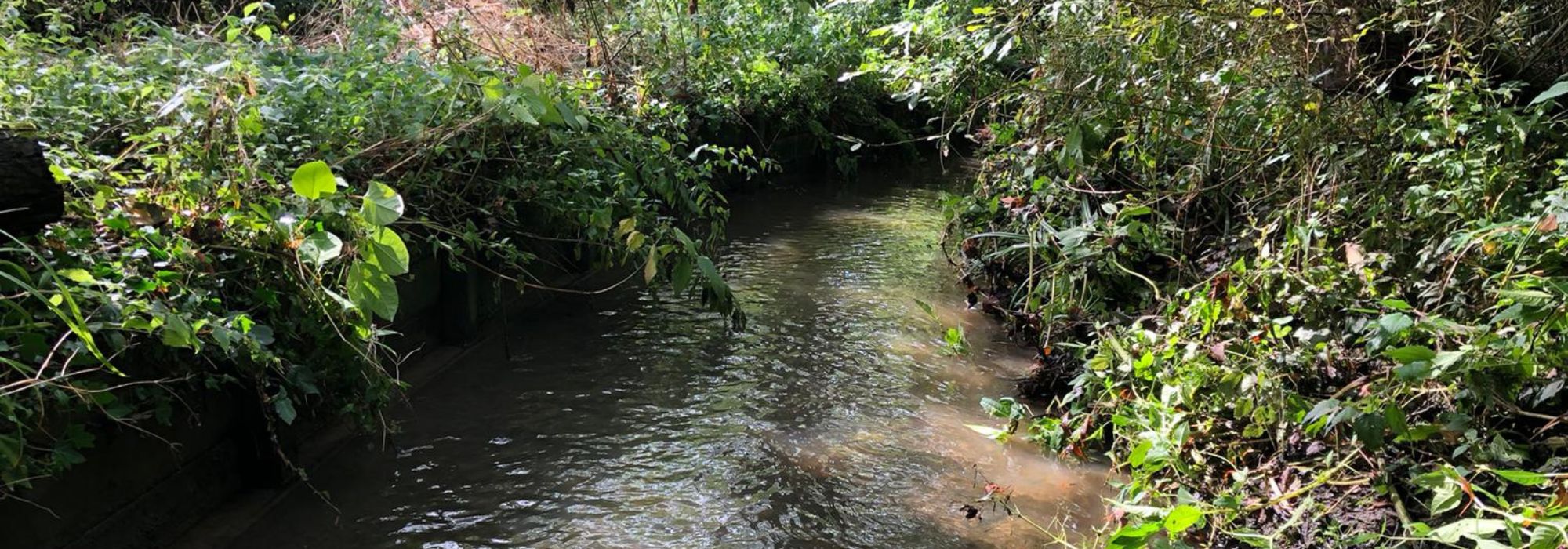Dollis Brook toe board removal – A river restoration project
In 2019, Dollis Brook received poor ratings for phosphates and invertebrates and bad ratings for dissolved oxygen, which are crucial indicators of water quality. These poor ratings are primarily due to human-made alterations to the river’s banks, like timber toe boarding, which were implemented in the 1970s for flood protection but have negatively impacted the river’s functioning since and are now largely in disrepair.
To address these issues, we have initiated a project to improve the health of the Dollis Brook. The project aims to remove the toe boarding where it is safe to do so, allowing for better connection between the river and its floodplain. This will also enhance habitat diversity and water flow patterns, benefiting creatures like macroinvertebrates and fish.
Additionally, the removal of toe boarding will enable natural processes like erosion and sediment deposition, and the introduction of erosion control measures and woody debris deflectors will further enhance flow diversity, clean the riverbed, and create better conditions for specialised invertebrates.
The project will actively involve the local community in the restoration efforts, engaging them in activities like vegetation management, invasive non-native species control and large wood deflector installation. Community members will also participate in monitoring the river’s health before and after the project, collecting data on invertebrates and water quality.
Overall, this project aims to contribute to the restoration of the Dollis Brook and the broader Brent catchment area, aligning with a goal to make heavily modified rivers more natural by 2027. It addresses the ecological challenges posed by previous flood protection measures and seeks to create a healthier and more natural river environment.
What are the expected results?
The expected results of the project include enhanced biodiversity with improved habitat diversity, increased flow diversity from woody debris to boost dissolved oxygen levels, and the creation of habitat for specialised invertebrates.
Environmental benefits include improved erosional and depositional processes, better lateral connectivity, and space for sediment-bound pollutants like phosphates to settle. Furthermore, it contributes to natural flood management by slowing the river flows.
It involves community engagement through toe boarding removal and citizen science monitoring. The project will inform the CaSTCo initiative to increase understanding around engaging volunteers.
What is the long-term vision?
This project aims to deliver on the actions identified within the ‘Timber Toe-boarding Report’ published in September 2016 by the Brent Catchment Partnership and will contribute to the Partnerships Catchment Plan which aims to make 10km of heavily modified rivers more natural by 2027.
For more info, contact: michael.oneill@thames21.org.uk or jo.goad@thames21.org.uk or carolina.pinto@thames21.org.uk
The project is funded by:

In partnership with:

